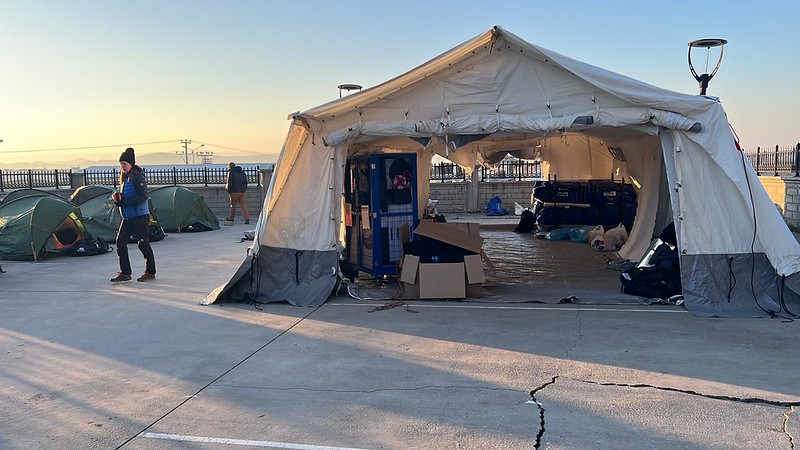 On February 6, 2023, a series of devastating earthquakes struck southern Turkey and northern Syria. In the early morning, a magnitude 7.8 earthquake hit the region, followed by a magnitude 7.5 earthquake later in the afternoon, further impacting southern Turkey. Current reports rank these earthquakes among history’s deadliest, resulting in a death toll of 55,000 and leaving 100,000 with injuries. Now, both Turkey and Syria are in need of significant humanitarian assistance to aid in their reconstruction and recovery efforts.
On February 6, 2023, a series of devastating earthquakes struck southern Turkey and northern Syria. In the early morning, a magnitude 7.8 earthquake hit the region, followed by a magnitude 7.5 earthquake later in the afternoon, further impacting southern Turkey. Current reports rank these earthquakes among history’s deadliest, resulting in a death toll of 55,000 and leaving 100,000 with injuries. Now, both Turkey and Syria are in need of significant humanitarian assistance to aid in their reconstruction and recovery efforts.
Continuing the devastation, March brought on heavy rainfall and flooding within areas affected by the earthquake according to USAID. An estimated 3 million people are experiencing displacement in Turkey, as reported by USAID in June 2023.
Further damage from such environmental shocks has strained the stability of shelter centers and water supply for millions. According to the UN and USAID, 1.6 million people in Turkey are now residing in “informal temporary settlements” with inadequate treatment infrastructure.
GlobalGiving
This charity organization, based in Washington D.C. since 2002, has raised almost $7 million in five months for its Turkey and Syria earthquake relief fund, which is public for online donations. GlobalGiving has made two rounds of 12 emergency grants to its nonprofit partners in response to the earthquake.
According to the organization’s website, donations initially went toward directly supplying “immediate needs” of fuel, water, food, medication and shelter; however, the organization later directed the fund toward aiding local organizations leading rehabilitation initiatives throughout the region. Other efforts and aid for earthquake survivors on the website include mental health support, economic relief and temporary housing from GlobalGiving’s donations.
Having provided relief programs and emergency aid to disasters since 2004, GlobalGiving relief funds have been mentioned by NPR, The New York Times, The Washington Post and the U.S. State Department. GlobalGiving currently maintains a 4-star rating from Charity Navigator with a score of 100 out of 100 for accountability and transparency.
Direct Relief
Financial assistance from Direct Relief’s donations has been facilitating emergency responses, transportation and the supply of oxygen concentrators, field medic packs and other necessary supplies. At least $2.6 million has gone to organizations servicing emergency responses, and a three-month update reports that a total of $14 million has been raised and donated by 48,826 Direct Relief contributors including businesses, foundations and individuals.
For Turkey and Syria’s recovery from the earthquake and aftershocks, Direct Relief provided support with medical, financial and informational assistance as it aided the Ministry of Health in Turkey and several local organizations. Its website states that “longstanding relationships” with groups active in Syria for many years have helped channel generous aid efforts.
Additionally, over the past three months, Direct Relief has supplied three charter flights that delivered medical aid containing diabetes medications, antibiotics, water purification supplies, prenatal vitamins and more medical goods. The Syrian American Medical Society, Syrian Relief and Development and the Independent Doctors Association have all received medical supplies from Direct Relief donations, according to their website.
Syrian American Medical Society Foundation (SAMS)
A global medical and relief organization, SAMS is a nonprofit that was established in 1998 by Syrian-American physicians. SAMS has presently raised $2.2 million of a $2.5 million goal from 9,986 donors. Medical personnel have cared for patients of all ages as SAMS aims to include “extensive follow-up medical care and rehabilitation” for survivors, as reported on its website.
Despite facing displacement due to the earthquake, the 2,400 staff members of SAMS continued to work tirelessly, providing urgent medical care and delivering supplies to their clinics and hospitals. As per the organization’s website, at least four SAMS medical facilities suffered damage, leaving three of them out of service. Despite the challenges, SAMS has supported 36 medical clinics in the affected regions of northwest Syria.
This non-religious and non-political organization has carried out heroic work, including rescuing a newborn baby from the rubble and treating a three-month-old with a fractured skull. The dedicated SAMS medical team has provided treatment to more than 2,000 earthquake victims since the beginning of the disaster.
– Lucy Cosme Vera
Photo: Flickr
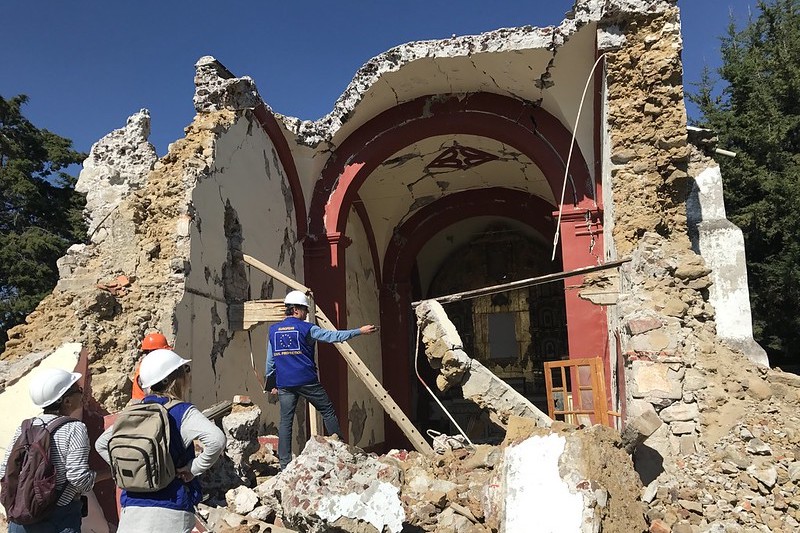 Located in the southern region of North America, Mexico is among one of the
Located in the southern region of North America, Mexico is among one of the  The video game industry is doing its part in the global fight against COVID-19. The online video game storefront, Humble Bundle, is playing a major role in charitable efforts. As of May 28, 2021, Humble Bundle has
The video game industry is doing its part in the global fight against COVID-19. The online video game storefront, Humble Bundle, is playing a major role in charitable efforts. As of May 28, 2021, Humble Bundle has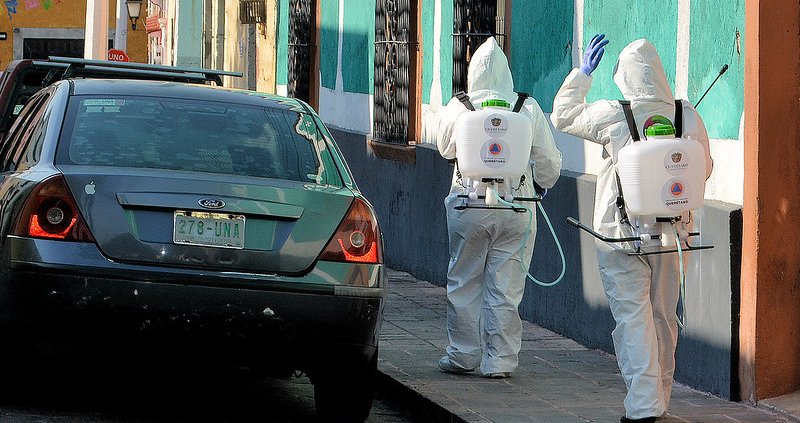 The COVID-19 pandemic has led to a historic level of downfall in Mexico’s economy, causing thousands of individuals to lose their jobs. As of 2018,
The COVID-19 pandemic has led to a historic level of downfall in Mexico’s economy, causing thousands of individuals to lose their jobs. As of 2018, 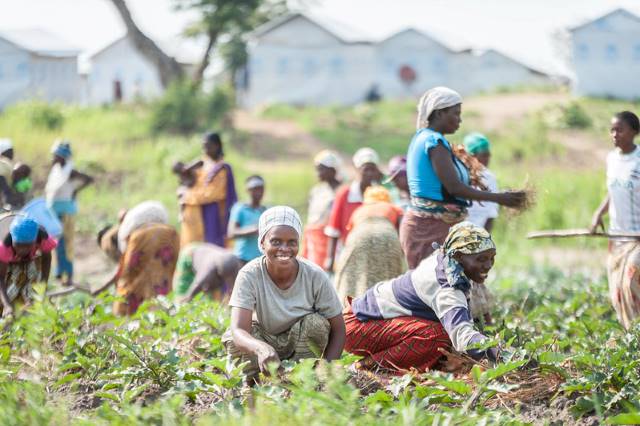 Despite the Democratic Republic of the Congo harboring the second-largest cultivable land in the world at 80 million hectares, food insecurity and malnutrition are pressing issues in a country that ranks among the poorest in the world. The Integrated Food Security Phase Classification (IPC) characterizes almost 22 million of the 89.5 million residents as severely food insecure, despite
Despite the Democratic Republic of the Congo harboring the second-largest cultivable land in the world at 80 million hectares, food insecurity and malnutrition are pressing issues in a country that ranks among the poorest in the world. The Integrated Food Security Phase Classification (IPC) characterizes almost 22 million of the 89.5 million residents as severely food insecure, despite  Home to the Galapagos Islands and where the equator runs right through, Ecuador is also home to an extremely impoverished population, where 21.5% live beneath the poverty line. In a country where many people struggle to get their daily needs met, long-maintained and accessible healthcare in Ecuador gets set on the back burner. This can exacerbate the obstacles the population faces in seeking wellness alongside food insecurity and sanitation.
Home to the Galapagos Islands and where the equator runs right through, Ecuador is also home to an extremely impoverished population, where 21.5% live beneath the poverty line. In a country where many people struggle to get their daily needs met, long-maintained and accessible healthcare in Ecuador gets set on the back burner. This can exacerbate the obstacles the population faces in seeking wellness alongside food insecurity and sanitation.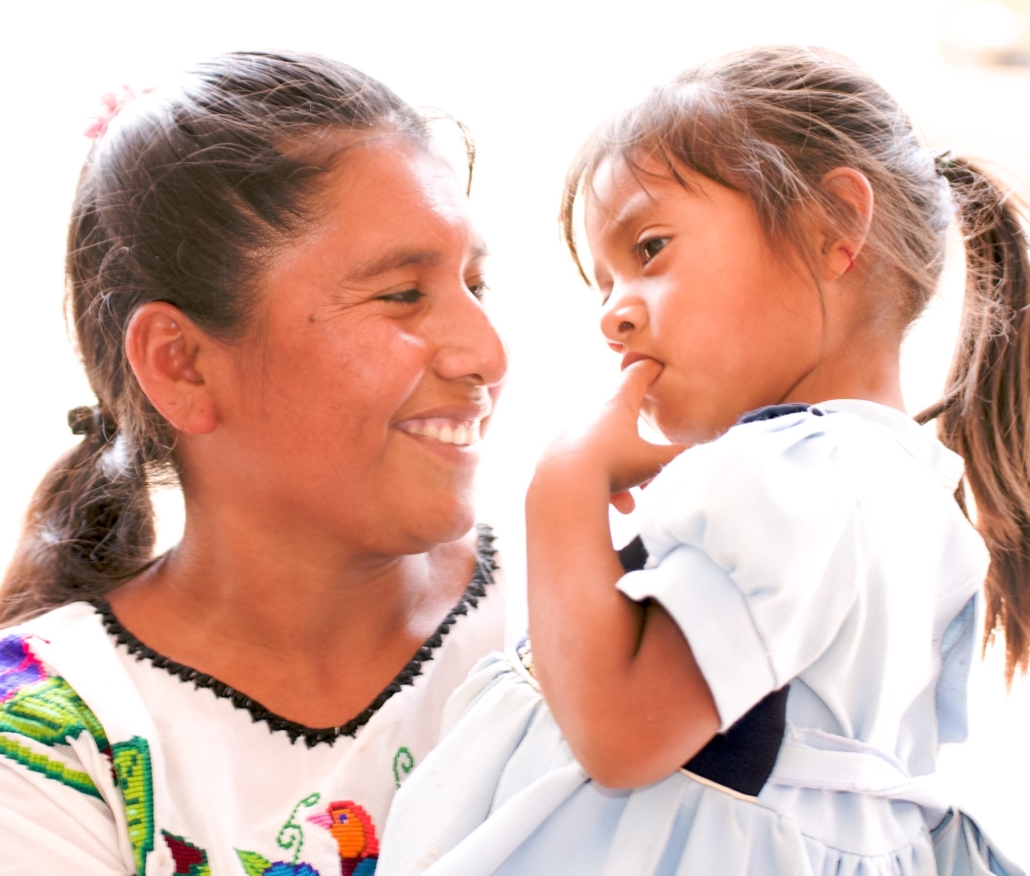
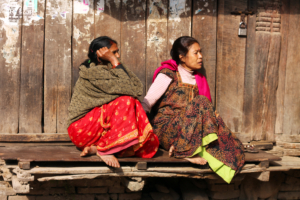 Like many other countries, there has been a large and sudden outbreak of COVID-19 cases in Nepal. The country initiated a nationwide lockdown on March 24 in an attempt to keep the count from rising above 1,000 cases. The strategy worked successfully until May 29 when the World Health Organization reported a sudden escalation of
Like many other countries, there has been a large and sudden outbreak of COVID-19 cases in Nepal. The country initiated a nationwide lockdown on March 24 in an attempt to keep the count from rising above 1,000 cases. The strategy worked successfully until May 29 when the World Health Organization reported a sudden escalation of 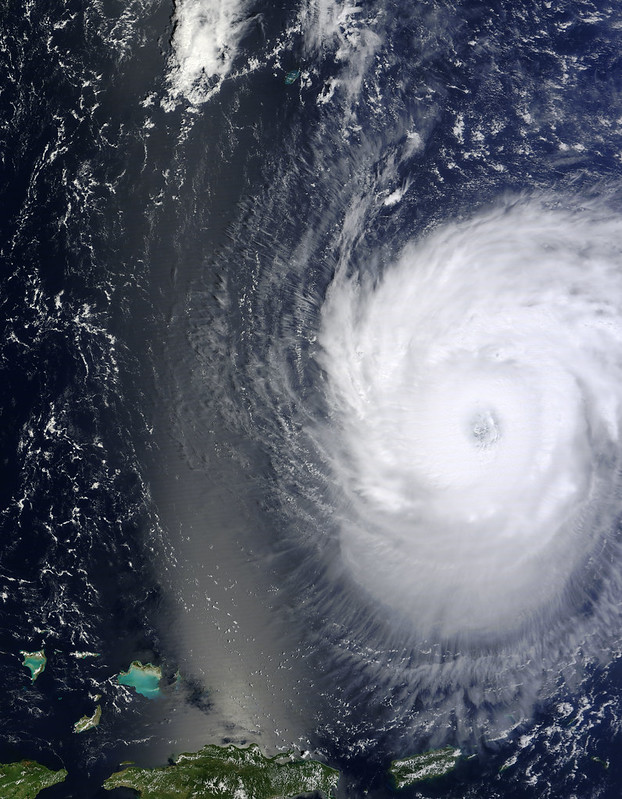
 According to the
According to the 